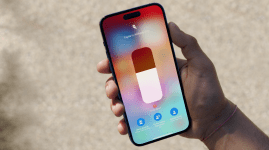Google Pixel 7a vs Pixel 6a: what’s the difference?
This year's affordable Pixel makes some big leaps forward from its predecessor

Now that Google’s new affordable smartphone is finally official, it’s time to see how it fares against its predecessor. The winner of the Pixel 7a vs Pixel 6a battle might seem clear after a quick glance at the spec sheets – the new arrival does pack in a lot more high-end features, after all – but it also brings a considerably higher price.
We’ve reviewed the Google Pixel 7a already, and have spent the last year with the Google Pixel 6a, so know exactly what the major differences are – and which one is worth your cash.
Design & build: feels familiar
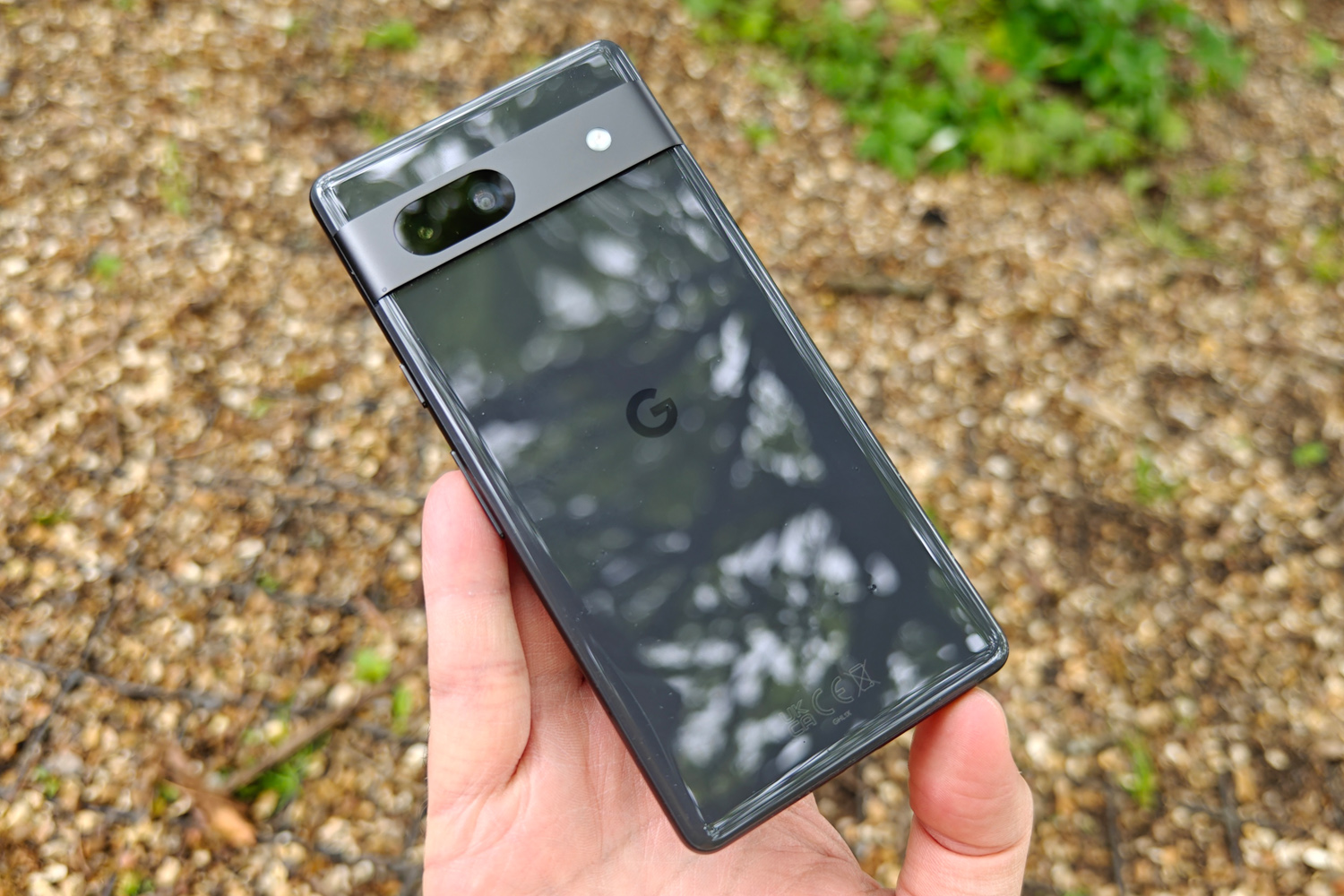
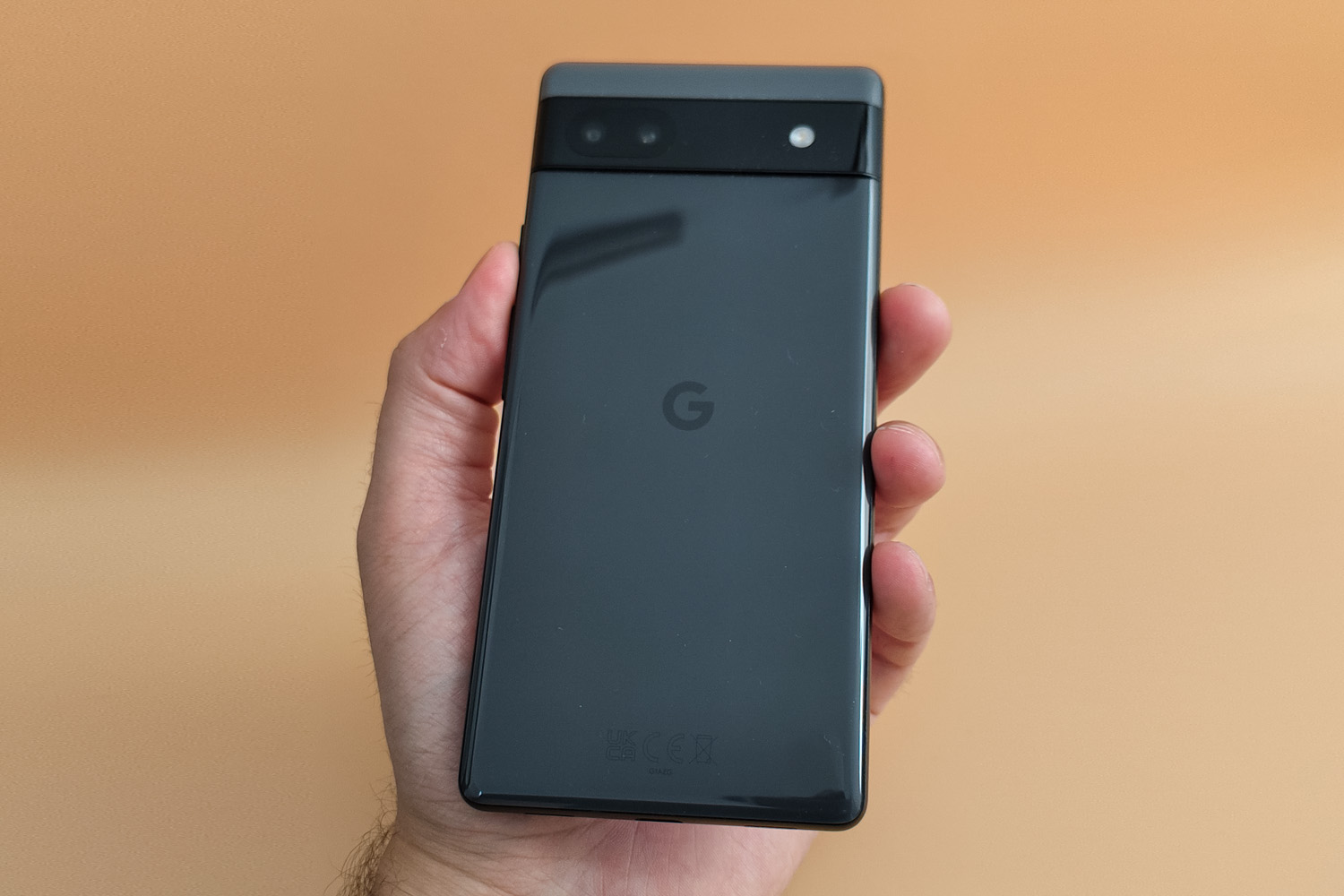
The Pixel 6a arrived with a very similar design to the Pixel 6 and Pixel 6 Pro, including the distinctive camera ‘shelf’ on the rear and glossy polycarbonate plastic meant to mimic the glass found on its pricier siblings. Officially it used a fingerprint-resistant coating that was supposed to keep the phone looking pristine, but in our experience it wasn’t very effective – at least on the Charcoal variant we reviewed. It was IP67 water resistant (still a rarity among affordable phones) and had an in-display fingerprint sensor.
Google streamlined its design for the Pixel 7 and Pixel 7 Pro, so it’s no surprise to see the Pixel 7a follow suit. It has the same one-piece metal frame that blends directly into the camera shelf (though it’s not actually a single piece here), and a more aluminium-like finish that should give it more of a premium feel than the outgoing phone.
The rear is still made from composite rather than glass, but can now be had in four colours: Charcoal, Sea, Snow and Coral. IP67 water resistance makes a return, as does the in-display fingerprint sensor.
Screen & sound: that hertz


Both the Pixel 6a and Pixel 7a have a 6.1in OLED screen, with slightly chunkier bezels than you’ll find on a flagship phone and a punch-hole selfie cam at the top-centre. They also have the same 2400×1080 resolution, 20:9 aspect ratio and support for HDR video playback. So far, so similar.
However, the Pixel 6a has a modest 60Hz refresh rate, while the Pixel 7a steps up to 90Hz. That means scrolling and swiping will feel smoother on the newer phone, whereas it could appear juddery and jelly-like on the old one. The 6a also has older Gorilla Glass 3 protection, while the 7a gets newer, tougher Gorilla Glass Victus.
Cameras: low light legend
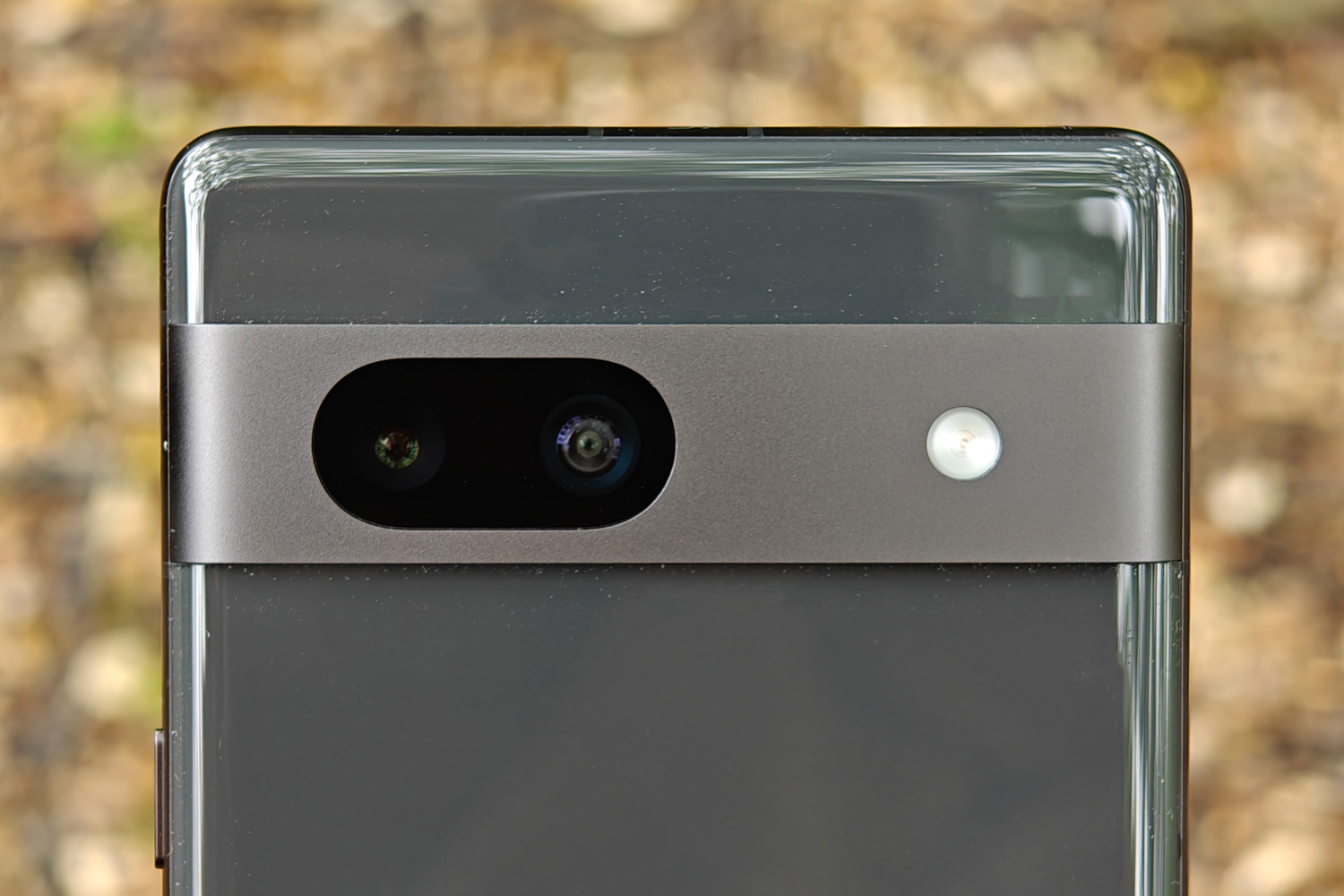
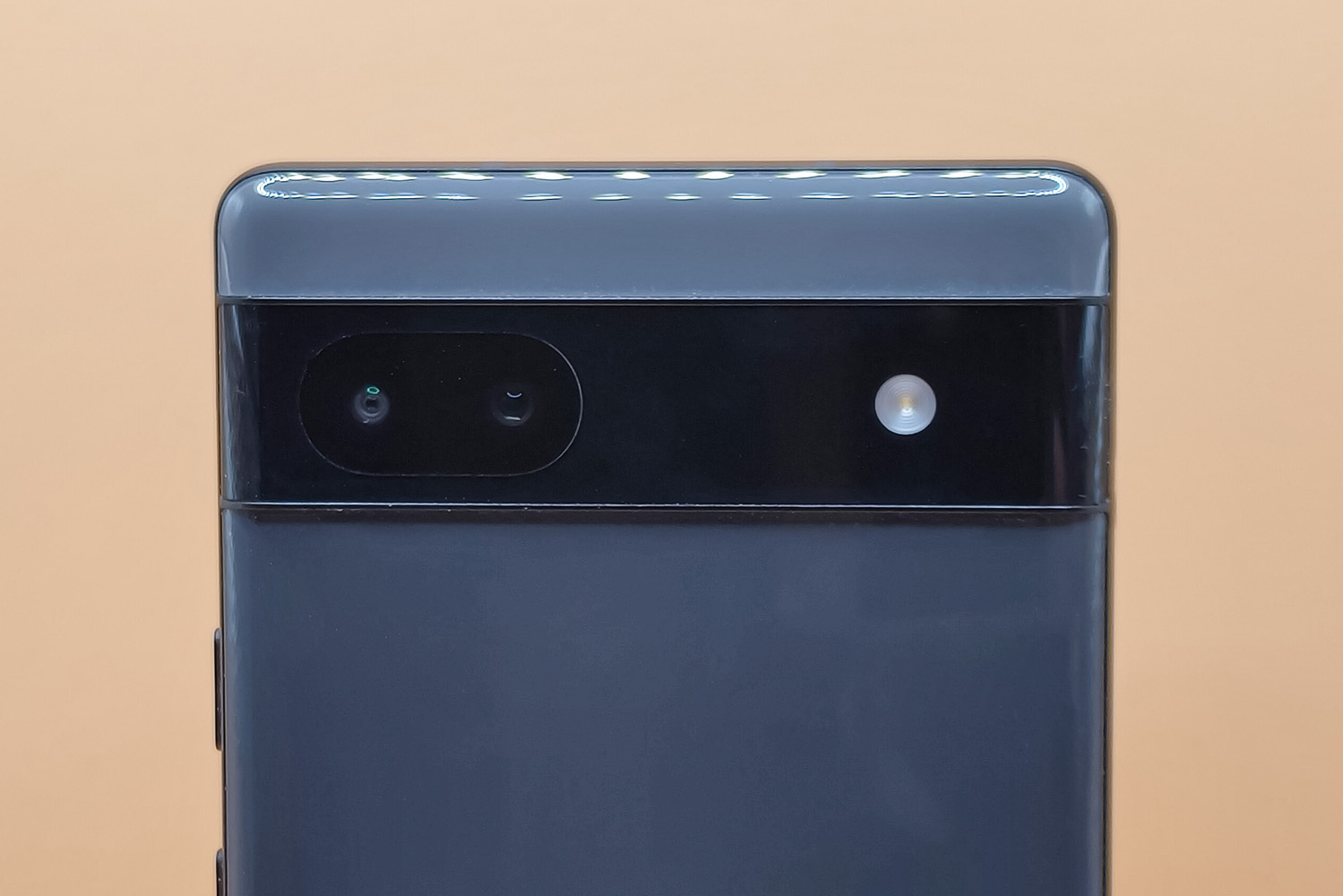
The Pixel 6a was already one of the best phones for photography for anyone on a budget. Its 12.2MP main snapper has optical image stabilisation and dual pixel phase-detect autofocus, helping it take sharp and shake-free shots even once the sun sets. A 12MP ultrawide is a capable support lens, with consistent colour, exposure and detail compared to the lead sensor.
Google has upped its game for the Pixel 7a, though. The main camera now has a huge 64MP sensor, which uses pixel-binning to majorly improve the phone’s low light abilities. It’s the same tech seen in the more expensive Pixel 7 and Pixel 7 Pro, with another year of image processing algorithms to help it deliver fantastic looking photos for the money. It also gets a new ultrawide sensor, with a slightly higher pixel count than its predecessor at 13MP.
Performance & battery: G2 all the way


Last year’s Pixel 6a arrived with a Google Tensor CPU and 6GB of RAM, putting it almost on par with the much more expensive Pixel 6 for performance. That gave it an advantage over similarly-priced rivals, which made do with more mid-range processors. 128GB of on-board storage was fairly standard for the cash, too.
This year Google has gifted the Pixel 7a the new-gen Tensor G2 chip, which is already found in the Pixel 7 and Pixel 7 Pro. It’s more power efficient than the OG Tensor, runs faster, and is more adept at the sort of machine learning cleverness that Google has baked into its virtual assistant. We’re not expecting daily performance to be lightyears ahead of the Pixel 6a, but apps should open a little quicker and games run at slightly higher frame rates. 8GB of RAM promises smoother multitasking, too.
The Pixel 6a has a marginally larger battery than the Pixel 7a, with a typical 4410mAh to the 7a’s 4385mAh. A more efficient CPU means the newer phone should last a little longer away from the mains, though. Both will be capable of breakfast-to-bedtime use without needing to plug in.
Neither phone is a particularly fast charger over USB-C, both managing 18W – and both needing you to supply a power brick, as neither includes one in the box. The Pixel 7a takes the lead with the addition of wireless charging, though. It’ll sip juice at a steady 7.5W, so you’ll be waiting around a while for a full charge, but it means not having to faff about with cables.
Pixel 7a vs Pixel 6a verdict: which should you choose?

A price hike might mean the Pixel 7a isn’t quite as big a bargain as its predecessor, but a next-gen CPU, improved camera and handful of high-end features mean it’s a much more well-rounded phone. Few rivals under £450 can match it for photography image quality or general performance. It also looks the part, and has all-day battery life.
The Pixel 6a is now a year old, so can probably be found for a fair bit less. It’s still a great budget handset, running Android 13 smoothly and taking lovely photos – but it misses out on wireless charging, and that much smoother 90Hz refresh rate. Unless you’re strapped for cash, we think the 7a is the obvious winner.

